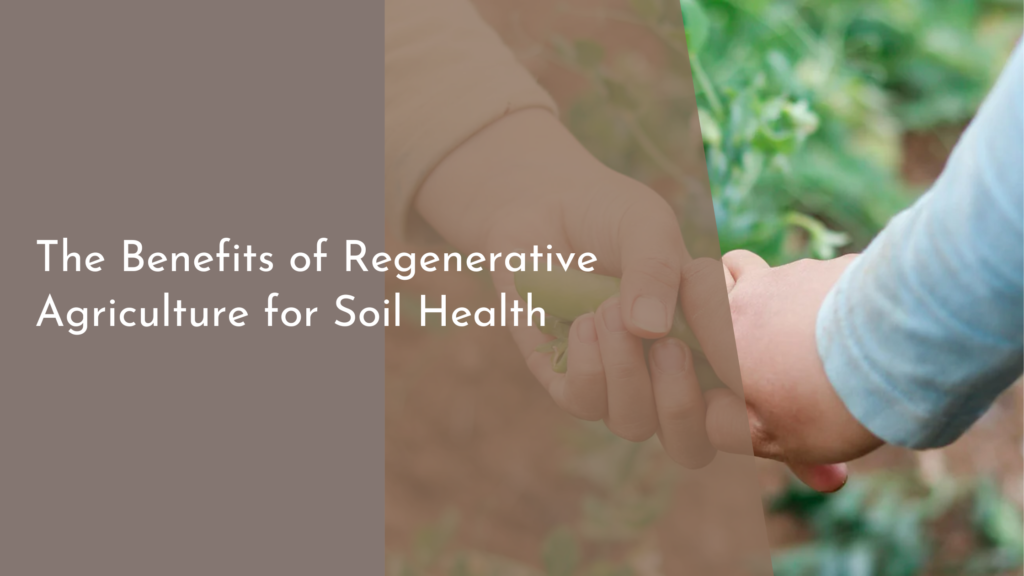Urban Forestry Strategies for Urban Wetlands
Urban wetlands, often overlooked, play a crucial role in the ecological health of cities. These unique ecosystems, which include marshes, swamps, and bogs, are vital for biodiversity, water filtration, and flood control. As urban areas continue to expand, integrating urban forestry strategies into the management of wetlands can enhance these natural habitats, promote community well-being, and foster a strong connection between residents and their environment. This article explores the importance of urban wetlands, strategies for enhancing urban forestry, the role of community involvement, and inspiring success stories of wetland transformations.
Embracing Nature: The Importance of Urban Wetlands
Urban wetlands serve as essential green spaces that support a variety of plant and animal species, contributing to local biodiversity. These ecosystems play a significant role in mitigating climate change effects by sequestering carbon dioxide. Additionally, they act as natural water filters, improving water quality by trapping pollutants and sediments. As cities face increasing challenges like flooding and urban heat islands, preserving and enhancing urban wetlands can provide vital ecosystem services that benefit both nature and urban populations.
Moreover, wetlands are not just functional; they are also beautiful and recreational spaces. They offer opportunities for city dwellers to engage with nature through activities like birdwatching, hiking, and photography. By providing aesthetic and recreational benefits, urban wetlands can enhance the quality of life for residents, promoting mental well-being and fostering community ties. Recognizing the multifaceted importance of these ecosystems is the first step toward their preservation and enhancement.
Strategies for Enhancing Urban Forestry in Wetland Areas
To optimize urban forestry in wetland areas, cities can adopt a variety of strategies. First, selecting appropriate tree species that thrive in wetland conditions is crucial. Species such as black willows, red maples, and cypress trees are well-suited for wet environments and can enhance habitat complexity while providing shade and beauty. Careful planning ensures that these trees not only survive but also flourish, creating a lush canopy that nurtures diverse wildlife and plants.
Additionally, implementing innovative designs such as bioswales and rain gardens can help integrate urban forestry with wetland management. These features can capture and manage stormwater runoff, reducing flooding risks while providing additional green spaces for urban residents. Combining traditional forestry practices with modern landscape architecture can create resilient ecosystems that support both human communities and wildlife, ensuring that urban wetlands remain vibrant and functional for generations to come.
Community Involvement: Cultivating a Greener Future
Community involvement is pivotal in the successful enhancement of urban wetlands. Engaging local residents in the planning and maintenance of these areas fosters a sense of ownership and stewardship. Educational programs that highlight the ecological and recreational importance of wetlands can inspire community members to participate actively in conservation efforts, such as tree planting days or clean-up events. When residents become advocates for their local ecosystems, they contribute to a culture of sustainability that benefits everyone.
Moreover, forming partnerships with local schools, non-profits, and environmental organizations can amplify these efforts. Collaborative initiatives can lead to the creation of community gardens, educational workshops, and citizen science projects that monitor biodiversity and water quality. By harnessing the collective effort of the community, urban wetlands can thrive as spaces for learning, recreation, and ecological preservation, creating a legacy of environmental stewardship.
Success Stories: Urban Wetland Transformations Around Us
Across the globe, numerous cities have successfully transformed their urban wetlands, serving as inspiring examples of ecological restoration. In New York City, the restoration of the Jamaica Bay wetlands has not only improved habitat for various bird species but also enhanced recreational access for residents. Through strategic planting and community engagement, this project has revitalized the area, showcasing how urban wetlands can be both functional and enjoyable spaces for city dwellers.
Similarly, in Portland, Oregon, the restoration of wetlands in the Johnson Creek watershed has significantly improved water quality and enhanced biodiversity. This project involved the collaboration of local residents, government agencies, and non-profits, emphasizing the power of community in urban forestry initiatives. As these success stories demonstrate, when cities prioritize the restoration and enhancement of urban wetlands, they create vibrant ecosystems that benefit both nature and their communities.
The integration of urban forestry strategies in wetland management is essential for creating resilient and biodiverse urban environments. By recognizing the importance of urban wetlands, implementing effective enhancement strategies, involving the community, and learning from successful transformations, cities can cultivate greener futures. As we embrace these ecosystems, we not only improve the ecological health of our urban areas but also enrich the lives of residents, fostering a stronger connection to nature and promoting sustainable living. Let’s continue to advocate for our urban wetlands, ensuring they thrive for generations to come!

